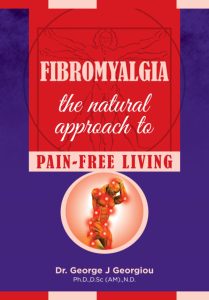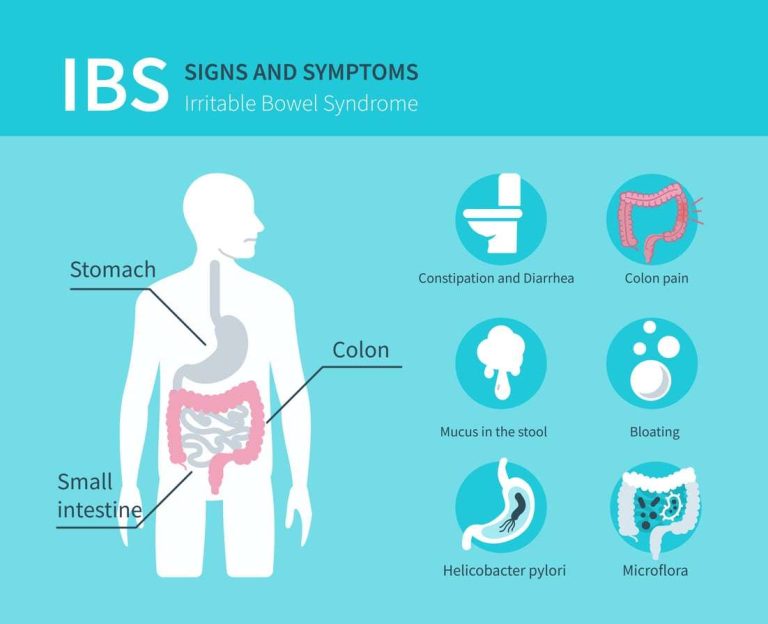The Secret Life of Plants
On a cold February night in 1966 Cleve Backster had been up most of the evening preparing material for teaching the use of the polygraph to students from law enforcement organizations. It was well past midnight, and as he was watering a plant in the laboratory was wondering how long osmosis took – i.e. how long the plant would take to absorb the water into its leaves.
He decided to connect a Wheatstone bridge and polygraph to the leaf of the plant so that it would measure the arrival of the moisture in the leaf. To his surprise, the polygraph began to measure changes as soon as he began to THINK of ways of harming the plant. He reached for a cup of coffee in front of him and dunked a leaf of the plant in it. Nothing. Not hot enough. He decided to get a match from the other room and burn the leaf.
CAN PLANTS READ OUR THOUGHTS?
The instant he held that thought in his mind, there was a sudden and prolonged sweep upward of the recording pen. He had not budged. He had not yet reached for the match. Could the plant have read his mind?
He left and returned with the matches. There had been a second surge upwards by the pen. He lit a match and touched the leaf. There was a third upward surge but less than before. The next morning when he showed his associate Robert Henson what had happened, his associate decided to burn the plant. At that instant, a similar reaction occurred. But Backster refused to let him actually harm the plant. When either of them only pretended to harm the plant there was no further reaction. Did the plants know their thoughts so sensitively as to differentiate between when they meant it and when they didn’t?
PLANTS REACT TO OUR THOUGHTS AND EMOTIONS
Since the “Backster Effect” there have been other researchers that have tried to replicate this phenomenon. An electronic technician used a philodendron and claimed to have started his car over two miles away, activated by a thought impulse. A chemist allegedly recorded an excited reaction in his house plants when he made love to his girlfriend eighty miles away! Is it any surprise that many people began talking to their plants around the 60’s and 70’s – they swore that this “phytotherapy” would dramatically improve the plants growth!
Work with plants reveals that plants register fear, pleasure and relief.
WHY ISN’T THE “BACKSTER EFFEC” ALWAYS REPEATABLE?
Many researchers tried to replicate the Backster Effect without success. Why? Well, let’s look at another experiment that Backster did some time ago. Backster hooks up a philodendron to a polygraph. He starts the recording device (it is now 2.45p.m.) and goes for a walk to the store. It is now about 6 minutes later and Backster has forgotten his wallet a few blocks from the philodendron. The time is now exactly 2.51 and 20 seconds. He begins walking back to the lab. If we take a look at the graph it is smooth for the first 5 minutes and suddenly there is a sharp peak. What time did the peak occur – at 2.51 and 20 seconds!
When he made the decision to return, the philodendron knew it. When he tried to repeat the experiment purposefully to see if he could repeat the effect, there was no response by the plant. Why didn’t the plant react this time?
It appears that the plant perceived of the plans in advance – the plant knew that the protocol was just an experiment and not the “real thing.” This is probably the main reason why these experiments are not repeatable, because they cannot be placed into the classic placebo-controlled double blind procedures – plants only react when things are spontaneous and real, not set-up in a laboratory under tight experimental conditions.
DOES A SINGLE CELL KNOW YOUR THOUGHTS?
Yes, it appears that plants can “know” our thoughts. Some plants better than others. Some thoughts better than others. But the simplest living cells appear to read our thoughts too. Take our mouth cells, for example – even when removed a distance from our body and monitored with electronic devices, they have been found in recent research to again react to our thoughts and emotions.
Take the experiment that Backster and his assistant Steven White did on the night of June 30, 1980. Steve collected some white cells from his mouth – these are migratory cells that enter the mouth through the gums and perform a type of oral housekeeping. After collecting the white cells using standard laboratory procedures, he connected the cells to the instrumentation and used 2 video cameras – one aimed at the polygraph chart, and the other at the chair where he would sit about 15 feet from the cells. The two video images could be played simultaneously side-by-side on the video monitor.
As Backster and White talked about the days work, he recalled reading something related to genetics in the recent issue of Playboy magazine. Backster found the copy and handed it to White. As White flicked through the magazine in search of the article, Backster glanced at the polygraph which was basically flat, until …… white had stopped at a certain page and the polygraph was going crazy with dramatic pen strokes. White had stopped momentarily to gaze at the photo of Bo Derek in the nude!
“Hold it there,” he said to White. “Keep looking at that page.”
“Now take it easy, Backster,” he protested.
Only when he closed the magazine did the chart return to its undisturbed state. White did not say what he was thinking, but whatever it was, it was certainly very interesting and exciting to his body’s white cells!
THE SOURCE OF PRIMARY PERCEPTION IN PLANTS
British researcher Sir Oliver Lodge wrote, “We are rising to the conviction that we are part of nature, and so a part of God; ….. that the whole creation is traveling together toward some great end; and that now, after ages of development, we have at length become conscious portions of the great scheme and can cooperate in it with knowledge and with joy.”
Backster chose two plants and set them side by side in a room – one was to be destroyed, while the other was to be a witness to the crime. Six students out of Backster’s eight, drew lots to see which would be the “murderer.” They picked slips of paper from a hat and one of those slips gave directions for the “murder” of the plant. The other five students left the room while the “murderer” ripped the plant out of its pot and tore it to pieces.
Backster returned, attached the remaining plant to the polygraph, and called the students. There was a flat response to the entrance of each student, but when the “murderer” entered the needle swung wildly. The surviving plant appeared to “recognize” the guilty one.
How did the plant recognize the guilty party? Certainly it was not related to the senses as we understand them today. It must be something that transcends the senses, a “primary perception” that transcends even science as we understand it today. We are forced to stand shoulder-to-shoulder with Sir Oliver Lodge – we have a primary perception as plant do too. Cells have a primary perception – all because we are part of nature, and so part of God.”
HUMAN CELLS REACT IN A SIMILAR WAY!
At some point in time, Backster began work using live human cells. One of his experiments involved the use of human spermatozoa. The donor was asked to be seated in a room about 40 feet from his sperm cells placed in a beaker and monitored via silver wire electrodes attached to the electroencephalograph. The read-out was a straight line, similar to what a person with an unsteady hand might draw. Backster held an ampule of amyl nitrate in his hand which the donor would inhale. At the very moment he broke the capsule, before the vapor could be inhaled, the spermatozoa reacted suddenly and dramatically. Then as the gas was inhaled, the sharp swings of the pen on the read-out continued, subsiding in a few seconds.
Is the implication here that a man’s sperm cells are in touch with him long after they have been ejaculated and even at a distance, which may be considered of potential value in conception. It certainly appears that primary perception occurs in human cells as well as plant cells.
CONCLUSION
The secret of your body’s cells is that they are the loyal subjects of your consciousness. They perceive your feelings, emotions and attitudes, and react to them. Stomach cells are known to react negatively to worry – ulcers can be the consequence. Leucocytes are known to react negatively to stress – lowered immunity can be the result.
Our consciousness is directly linked to the health of our cells – when conflicts and stresses do occur in the material world which inevitably cause “dis-ease” to our body cells, it is important to know on a conscious level how to nurture them back to health before pathology develops.
Does this mean treating our cells like our children or loved ones? In a way, yes. We have to be aware of them, treat them lovingly with consideration and appreciation. Your cells have a secret life –they are in love with you! For your selfish sake, it behooves you not to let this love go unrequited.
So talk to your cells. It is so easy to contact your body’s cells right now and tell them that you care, and their response is so positive, so follow these instructions right now. Relax physically and mentally first. Now take a trip through your body, thanking your organs and cells for a job well done, much like the movie “Fantastic Voyage.” The more anatomy you know, the more detailed you can get with your thanks. You can make the trip last anything from one minute to 30 minutes. Simply slide into your body from one of your scalp hairs, go on, down the shaft into the follicle and right into the skull. Scan your brain and thank it for being the best computer in existence – thank it for keeping an organized house and helping all the other family members of cells to communicate with each other. Enjoy the helter-skelter ride down the carotid artery into the heart. Bathe in the warm, nutritious blood and thank your heart for the hard work that it does daily, including the gush of emotions that it has to contend with daily.
Continue the journey into all the parts of the body and come out at the other end through the urethra. What a journey, but unless you have had the experience you will not know the effect. Try it!
Read other interesting articles related to Energy Medicine such as:
Treating Viruses with Electricity










